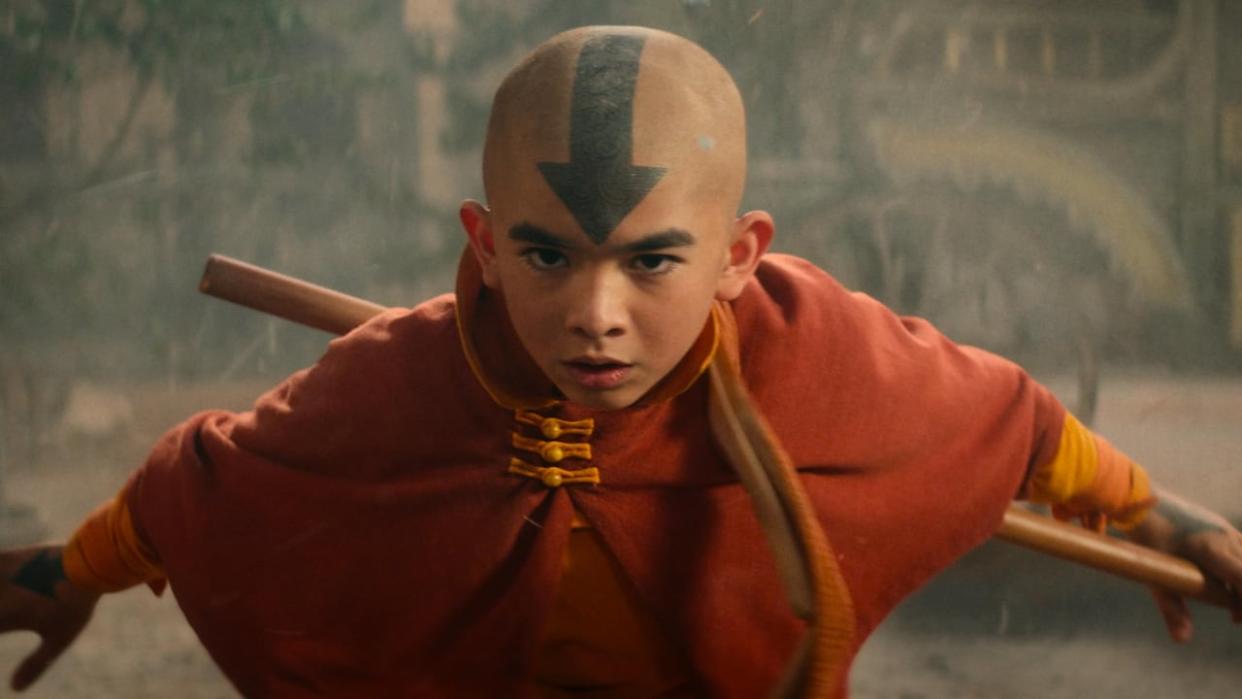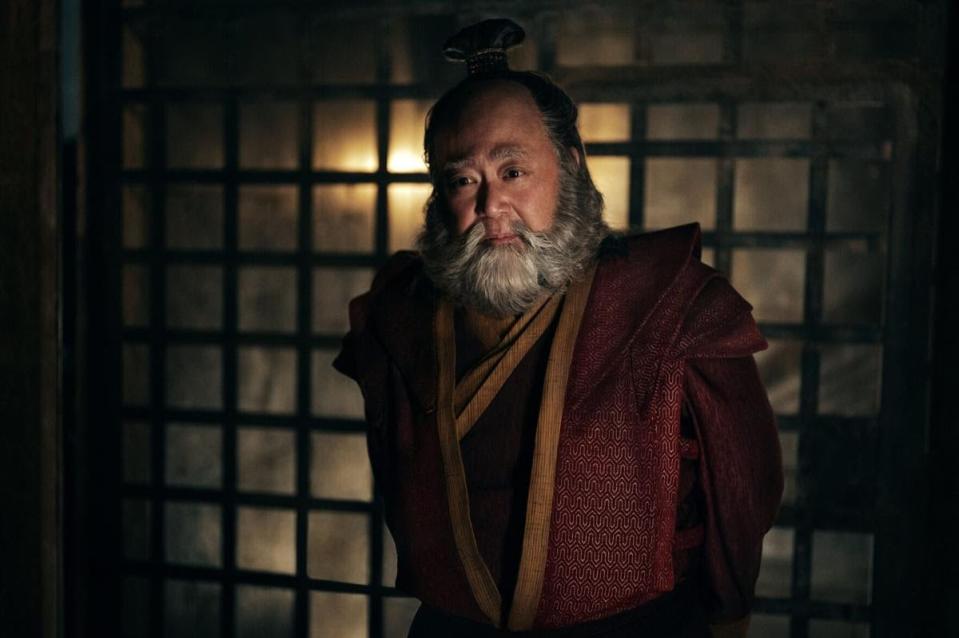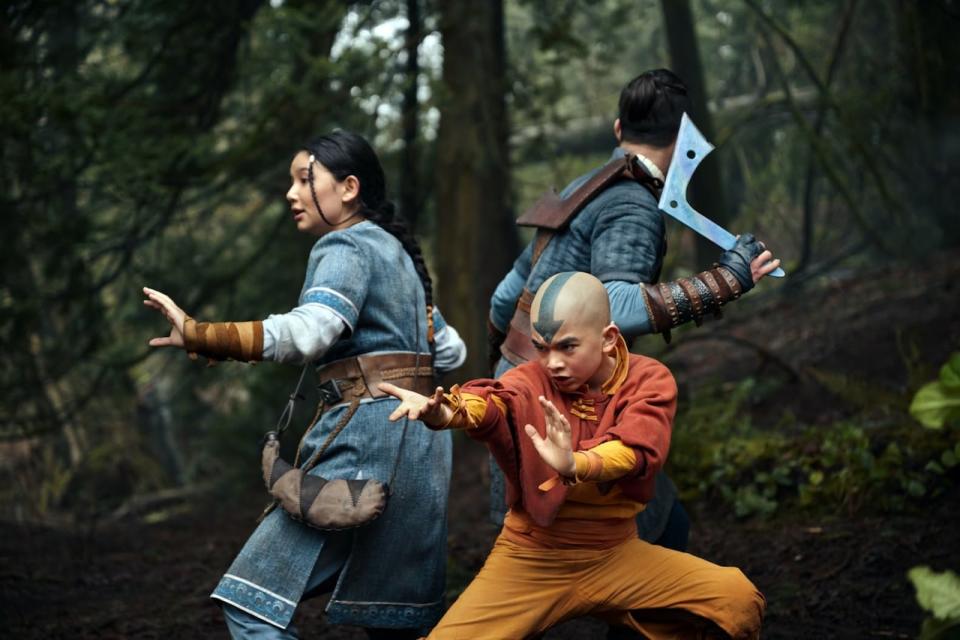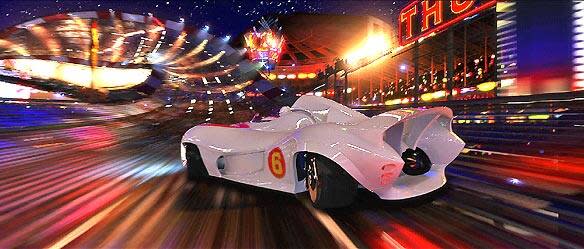Does Netflix's Avatar prove that good live-action adaptations are impossible?

- Oops!Something went wrong.Please try again later.
- Oops!Something went wrong.Please try again later.
- Oops!Something went wrong.Please try again later.
- Oops!Something went wrong.Please try again later.
When taking on the role of Uncle Iroh in the Netflix live-action remake of Avatar: The Last Airbender, actor Paul Sun-Hyung Lee can really only think of one thing he was asked to change by showrunner Albert Kim: the accent.
"Albert actually was the one who broached and said, 'let's do it without the accent,' " Lee said in an interview with CBC News. "And I was actually relieved because I'm not a mimic. I'm not a robot. I'm not hired that way — I am a performer, and I need to bring my elements to it."
Something as small as that may not sound like such a bold choice, but Lee knew better.
His character's voice, first created by Japanese actor Makoto Iwamatsu, then taken up by American Greg Baldwin following Iwamatsu's death, had already acquired a sort of untouchably iconic status among fans, who were already giving the remake the fine-tooth comb treatment.
That kind of hyper fixation on exactly what elements from the original had changed may have doomed the remake from the start.

Paul Sun-Hyun Lee plays the character Uncle Iroh in Avatar: The Last Airbender. (Netflix)
While promoting the remake, creators and actors dodged questions about differences between the two shows, and a slew of scathing and glowing reviews muddied the waters on how successful the live-action remake was.
It all just goes to show how difficult it can be to make a good anime adaptation.
First released in 2005, the original Avatar: The Last Airbender achieved a level of Harry Potter-esque ubiquity most shows can only dream of. The cartoon told the story of 12-year-old Aang, the most powerful of the "benders" — those able to telekinetically control fire, water, earth or air — who is tasked with saving a world influenced by Asian, Inuit and other Indigenous traditions.
Heavily inspired by the Japanese cartoon style of anime but created by two Americans, Avatar's unique melding of childlike storylines with mature storytelling created a cultural juggernaut. It garnered millions of fans, Peabody and Emmy awards, spinoffs and tie-in comics.
And after the animated series was brought to Netflix, media outlets like Vice, The Cut, IGN and Vox dubbed it one of the greatest shows of all time.
WATCH | Avatar: The Last Airbender trailer:
The remake, however, didn't get such a glowing reception. And like so many other anime remakes, that's probably because the original was so loved.
Outlets like USA Today and the New York Times mostly panned the remake and Variety suggested it would leave fans wishing Netflix had left the original "masterpiece" alone. Meanwhile, reviews from Indiewire and Screenrant were favourable, with Gamespot arguing it was "sincere" and "respectful of the source material."
Past attempts
The increasingly large field of anime adaptations live and die by the tendency of fans to rigorously compare remakes to the original, searching for any perceived disrespect to the beloved source material.
"Cowboy Bebop people were really, really protective over. One Piece people are really protective over, Death Note people were really protective over," IGN journalist Alex Stedman said.
Like Avatar, each of those titles — launched as animes before being remade as live-action Netflix productions — were thoroughly dissected by fans. But according to Stedman, with Avatar, there was a constant stream of criticism throughout its development.
"Avatar is kind of the crème de la crème in terms of people being like, 'Don't touch this, this is ours.' "

From left, Kiawentiio Tarbell, Cormier and Ian Ousley star in Avatar: The Last Airbender. (Netflix)
The first signs that things weren't going well was when the original creators said they'd left the project due to a lack of creative control. Though they'd later retract that statement, the damage was done.
Then, there were the recent announcements about the show cutting a character's misogynistic traits, removing iconic side adventures and Kim's stated attempt to give his version of Avatar a more grown up, Game of Thrones like tone.
Stedman says anime's entry into the mainstream Hollywood space is fairly new. When fans fell in love with the original productions decades ago, there was a stigma attached to them in the United States and Canada.
"People feel like they were bullied growing up for liking these things," she said. "And now that they're cool, it's almost like, 'What? Now you're just going to take advantage of the thing that I loved and you're going to do wrong?' "
While Netflix's One Piece remake managed to satisfy fans of the o last year, accomplishing that task has historically proven more difficult.
Respect the source
Ben Whaley, an associate professor of Japanese at the University of Calgary who specializes in Japanese pop culture, says past failures have come from a lack of respect for the source material.
"Historically, when the earliest animations were coming over from Japan, the goal was to erase or to hide as much as we could the Japanese content," he said, pointing to examples like 1978's Gatchaman remake Battle of the Planets, 2008's Speed Racer, the more recent Ghost in the Shell and even M. Night Shyamalan's infamously panned Avatar remake The Last Airbender.

A scene from the 2008 Speed Racer movie, which swapped the original anime's Japanese family for a midwestern one played by white actors. (Warner Bros)
When it comes to more recent successes, many adaptations are able to hedge fan expectations by hiding their inspiration.
The 2019 film Alita: Battle Angel was based on a popular Japanese manga series that wasn't as well known in North America, and Whaley says it was changed so drastically that it was less obvious it was an adaptation. Likewise, most Western audiences probably weren't aware that Tom Cruise's Edge of Tomorrow was based on All You Need Is Kill, a Japanese novel popular with young adults.
Both remakes were so divorced from their source material that they were able to find some semblance of success with Western audiences. But because Avatar: The Last Airbender is so popular in North America, the creators of the remake weren't able to skirt that line as much.
LISTEN | Is One Piece the only good anime adaptation?:
While that demand for respect and fidelity to the original is definitely part of the struggle in making successful live-action anime remakes, Whaley says it's not a negative thing that fans are so passionate.
"There is an excitement and an engagement and an investment around these properties, and people really love these characters and these stories," he said, noting that when they check out a new Netflix remake fans "want to see something that captures their excitement."

